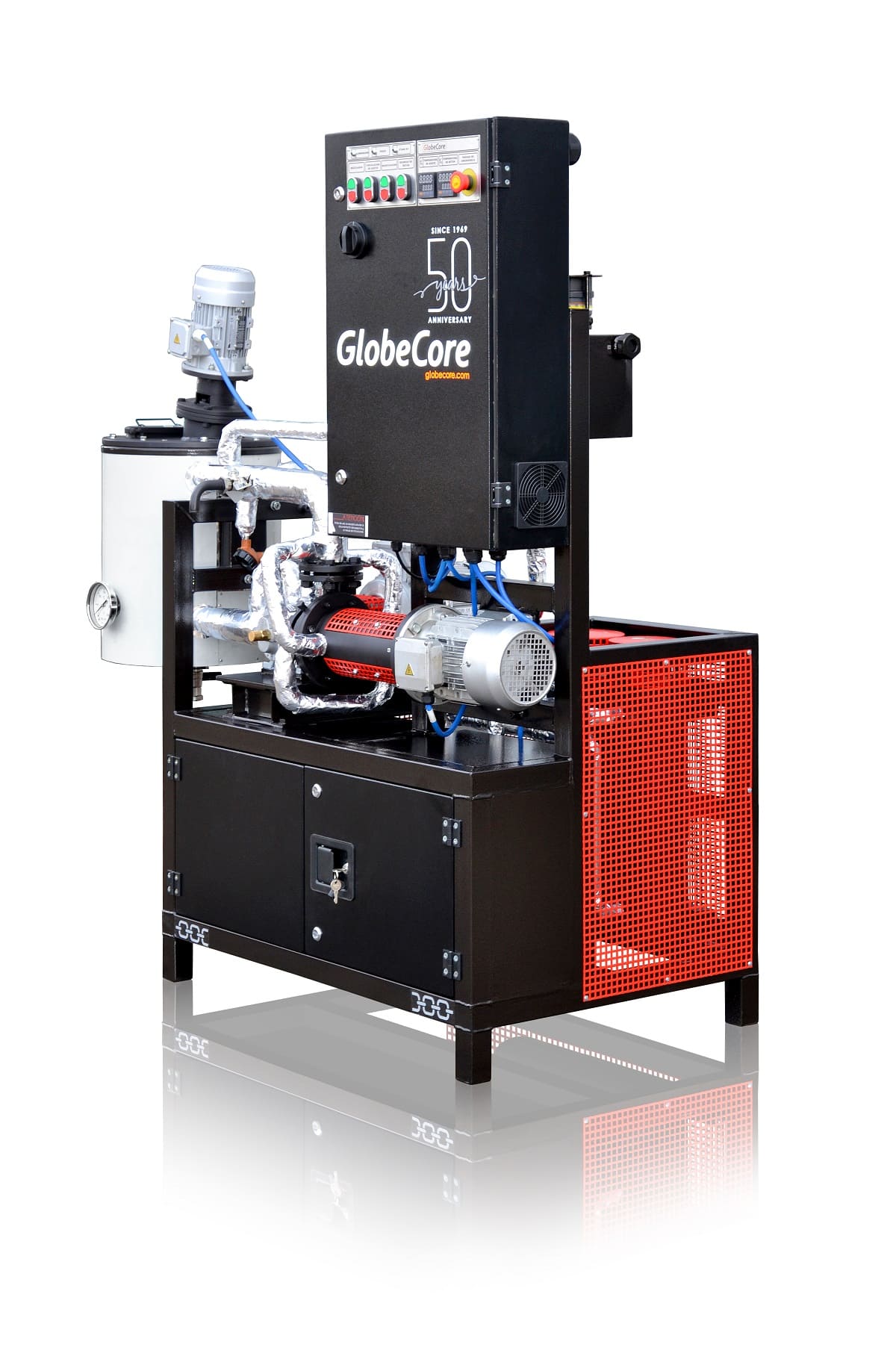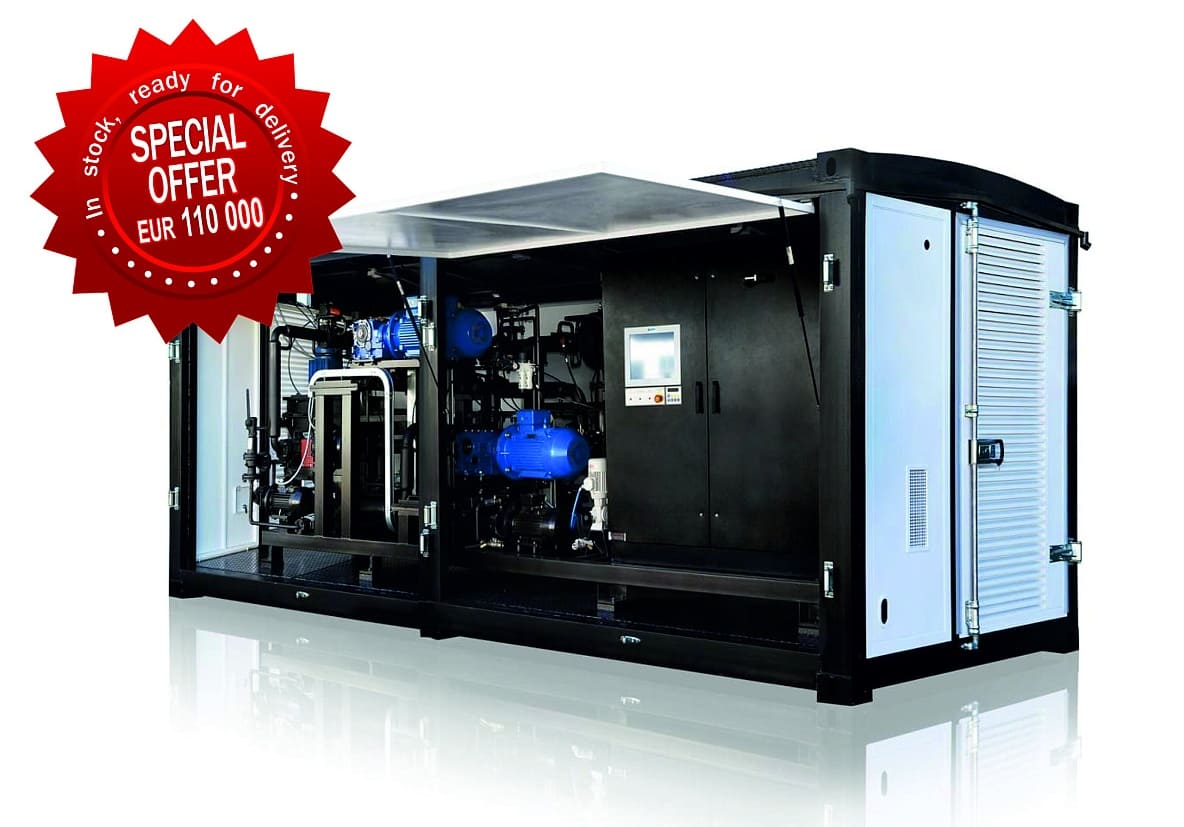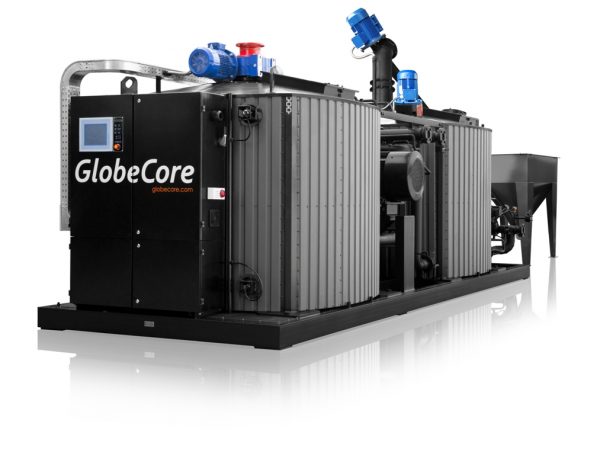Bitumen modification is a process most often used in the production of high quality materials for road construction and repair of highways, as well as roofing. The product certainly deserves consideration.
What is bitumen modification? Scope of use.
Bitumen is a black substance insoluble in water that contains high molecular weight hydrocarbons and their derivatives. It is generally found in solid or resinous state.
Bitumen mixtures use natural and artificial ingredients. Natural bitumen is formed from natural oxidative polymerization of petroleum. Artificial bitumen is the result of modern upgraded processing of “black gold”.
Natural bitumen was used by Assyrians and Babylonians as far back as 3000 BC. Artificial bitumen was first obtained in 1898 from oil residue heated to a temperature of 300-320 °C and oxidized by air.
Today, the main application of bitumen is in road construction and industrial construction (repair of roads and airfields, roofing, insulation of pipelines, paint production etc.)
Why do bitumen properties require improvement?
In the road industry, bitumen is used to bind mineral materials that form road surfaces (sand, gravel, etc.), to improve hydrophobic properties of concrete and to fill gaps. Bitumen as a surface is affected by a number of negative factors: temperature changes, solar radiation, air oxygen, heavy traffic load. As a result, the road surfaces prematurely lose integrity due to the destruction of bitumen.
Bitumen, as a building material:
- sensitivity to changes in ambient temperature, becoming soft in the heat, and brittle in the cold;
- low elasticity and inadequate mechanical characteristics;
- susceptible to aging.
Methods for improving bitumen properties
The properties of any substance, including road bitumen, can be improved in two different ways: by changing the technology of production or upgrading the finished product directly. The first approach requires the restructuring of the production line, starting from the preparation of raw materials and finishing with the type of equipment used. It is hardly possible to change every part of the production at one time and with minimal financial costs. Therefore, the second approach, i.e. bitumen modification, is preferred.
Bitumen modification – origin and formation
Modification of bitumen was first attempted in the 1930s in several Western European countries. Small sections of highways were paved with modified bitumen. The original modifier was natural rubber.
Further research in this area was aimed at developing new modifiers. Twenty years later, Canada and the United States began to use neoprene rubber as a bitumen modifier: an emulsion based on synthetic rubber and water. Even then there was a positive effect of modified bitumen on asphalt concrete fatigue endurance in under heavy traffic load.
The new material was met with great interest, which substantially expanded its area of application. Since the 1970s, modified bitumen has been used not only for the preparation of asphalt concrete, but also for surface treatment.
Benefits of bitumen modification
Bitumen modification offers a construction material with the following performance characteristics:
- binds well with mineral materials;
- flexible and elastic at low-temperature, resists deformation at high temperatures;
- quickly absorbs thermal and mechanical stresses in asphalt layers of the pavement;
- resistant to fatigue loads due to temperature variations;
- wide plasticity interval and wider service temperature interval;
- better mechanical properties and hardness.
Modifiers for bitumen
The materials most used in bitumen modification are thermoplastic polymers, rubber and rubber resins, as well as thermoplastic elastomers.
Thermoplastic polymers have the ability to soften with increasing temperature and solidify when the temperature drops. Such phenomena can be explained by their linear molecular structure. Heating weakens the bond between the molecules, turning thermoplastics into a soft viscous material. Among the thermoplastic polymers for bitumen modification are polyethylene (PE), polypropylene (PP), polyvinyl chloride (PVC), polystyrene (PS), viscoplastic and thermoplastics.
Crumb rubber and rubber resin differ from other polymers in their ability to elongate up to 10 times with an applied load and to return to the initial state when the load is removed. This ability is due to the structure of rubber macromolecules: coils which extend like simple elastic strings. Also, rubber molecules are long like ropes that bend and coil randomly.
Rubber modifiers that improve the properties of bitumen are styrene butadiene rubber (SBR) and ethylene-propylene polymers, as well as butyl rubber.
Thermoplastic elastomers (TPE) have elastic properties for adhesive application. TPE is produced in many industrialized countries. Modifiers of this type are available in the form of granules and powders.
Styrene butadiene diblock copolymers (SB), styrene-butadiene-styrene polymers (SBS), styrene-isoprene-styrene polymers (SIS) and styrene-ethylene / butylene-styrene polymers (CE / BS). SBS polymers are used in the modification of road and roofing bitumen, SIS polymers are used as mastics for joints and cracks, and CE / BS polymers increase resistance of bitumen in unfavorable climates.
SBS polymer additives for bitumen modification provide:
- deformation resistance of asphalt concrete at various ambient temperatures;
- durability of road surfaces regardless of climate conditions and traffic loads.
How to modify bitumen
The quality of road and roof surfaces depends not only on the components, but also on the technology of bitumen modification. The USB-3 unit by GlobeCore offers 6 – 22 m3/hour production capacity.
Bitumen modification occurs in a colloid mill, which performs preliminary mixing of bitumen and polymer, as well as mixture homogenization. One more function of the colloid mill as part of this equipment is grinding of components. This optimizes the design of the unit by making additional components unnecessary.
The colloid mill is designed so that grinding and homogenization occurs in one pass through the mill, and the fineness of grinding is regulated by changing the gap between the rotor and the stator.
The USB-3 is designed specifically for bitumen modification and can be used to implement any modification process, operating with all known polymer additives and their forms.
In addition to bitumen modification units, GlobeCore also produces bitumen laboratory equipment for research facilities. These laboratory bitumen modification units are also used by road construction organizations to obtain small modified bitumen samples for future testing.



 USB-3 Bitumen modification ...
USB-3 Bitumen modification ... USB-3 Bitumen modification ...
USB-3 Bitumen modification ... USB-3 Small Plant ...
USB-3 Small Plant ...